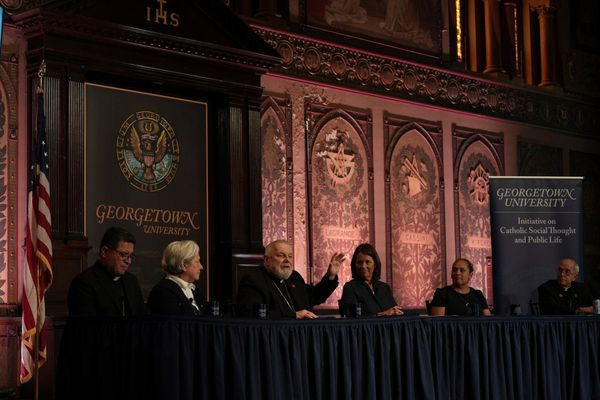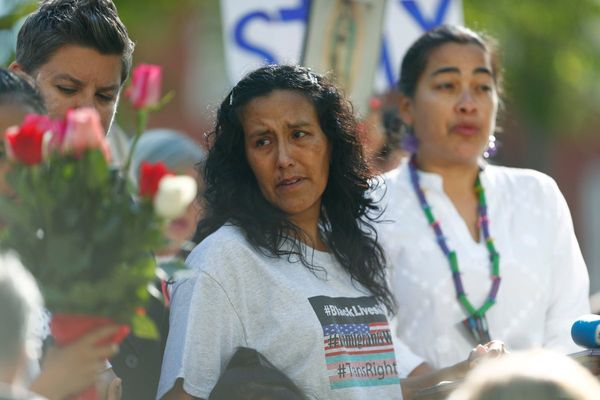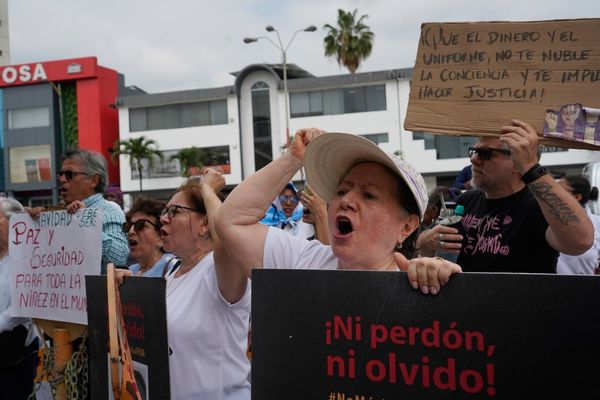An American artist who was believed to be “filled with demons of perversion” had exorcisms while growing up.
Khaleb Brooks, originally from Chicago but now living in Liverpool’s Georgian Quarter, claims he had people from a church stand over him praying in an attempt to free him from the “spirits of homosexuality.”
The 31-year-old told the ECHO : “It definitely wasn't easy. My mum was a very hardcore born-again Christian. So I was considered to be filled with demons of perversion and had exorcisms. People praying over me and trying to find out those spirits of homosexuality.
READ MORE: Liverpool ECHO's Rainbow list to recognise LGBTQIA+ community members making a difference
"It didn’t work but it was really, really hard. I went to live with my grandma for a while. It was a lot more accepting. It was definitely an incredibly difficult journey. And I was very much on my own for ages. But I was always quite sure about who I was and who I want to be.”
Khaleb first came out when he was 11-years-old and his sexuality and gender have been “incredibly fluid” since. It was only when he first meet other transgender and non-binary people that he realised he wasn’t living life as his authentic self. Often relying on YouTube to find out more about the LGBTQ+ community, Khaleb resonated with those who documented their transitioning journeys online for others to follow.
Wanting to put himself first, Khaleb visited an LGBTQ+ hospital in his home town when he was 19. The drop-in service was pay-what-you-can and because gender-affirming health care is considered a medical emergency in Chicago, Khaleb received hormones the same day, which he said, “at the time, it probably saved my life.” Despite being out for nearly two decades, Khaleb still faces transphobia and along with this comes an urge for him to be “on the front lines” protesting because of his “queerness and blackness.”
He said: “There's this deep sense I need to be an active participant in creating change. And then the other part of me also needs to balance my mental health which actually just means chilling. l don't want to live my entire life solely in a mode of resistance and that's why I had to leave the states to a large degree. It's not a safe place for black trans people.
"Even in the UK, I get all sorts of weird comments and people saying things or random shouts or, I get nervous to go home at certain times alone because I don't know how I'm going to be perceived. I think the anxiety that's created by being hyper-aware of how you're perceived every single moment is quite intense. One thing I will say about the US is that the communities feel stronger and the resistance feels very much stronger. And maybe that's because it does exist in this space, of life or death.”

He added: “I think being a visibly trans person and a black person, (racism and transphobia) it’s continuous. The reality is that we live in a very racist, homophobic and transphobic world and often when it's least expected, even within our own communities we're coming up against these aggressions.
"I've had loads of experiences with microaggressions, verbal violence, and physical violence. So much of my life has been centred around finding safety. And sometimes seeking safety has been through romantic relationships, others it has been through the queer community by finding and identifying a family. And sometimes that's actually been just completely isolating myself from being alone.
“It makes me feel exhausted and it makes me feel a bit jaded. There are always these moments where we feel like we've taken a step forward and unfortunately, after every step forward, we've taken multiple steps back, and that has been seen through the anti-trans legislation in the US.
"That's been absolutely insane. People are worried that they're gonna have their children taken away from them and, in a way, I feel I can't go home. It makes me really nervous about our future."
Having moved to the UK over a decade ago to study at the University of London, the international artist is now delivering a “creative intervention exploring perspectives and experiences” inspired by the Earle Collection of documents at the International Slavery Museum in the second in a series of pop-up exhibitions for the Dr Martin Luther King Jr Building.
Jupiter’s Song , which opened on Friday, July 15, and runs until Sunday, October 30, includes an installation, honouring the unnamed people that were enslaved and lost their lives on Earle’s ship, the Unity c. 1770. It also features a special dance performance in response to the works on display.
The former science and violence, conflict and development student added: “For the first time I’m beginning to understand my work as a part of the archive rather than something solely addressing it. Offering something alternative to the consistent perspectives of slave traders, captains, aristocracy, and diplomats.
"The loudest voices in those pages were those not present at all, those of the enslaved. How do we counteract the violence that archives perpetuate? And in what ways are we already doing it? Say Her Name, Say His Name. The importance of individual narrative is vital, the importance of naming is vital and what happens when those names don’t exist? Who do we become when we are only encountered at death?”
Receive our weekly LGBTQIA+ newsletter by signing up here .
READ NEXT
Model who died after being left in a trunk for days was 'life of the party'
Teen who was murdered by parents for refusing forced marriage remembered on birthday
Liverpool’s real-life Quidditch team is helping the LGBTQ+ community ‘figure out’ their identity
Experts warn Monkeypox could become endemic if urgent action not taken







